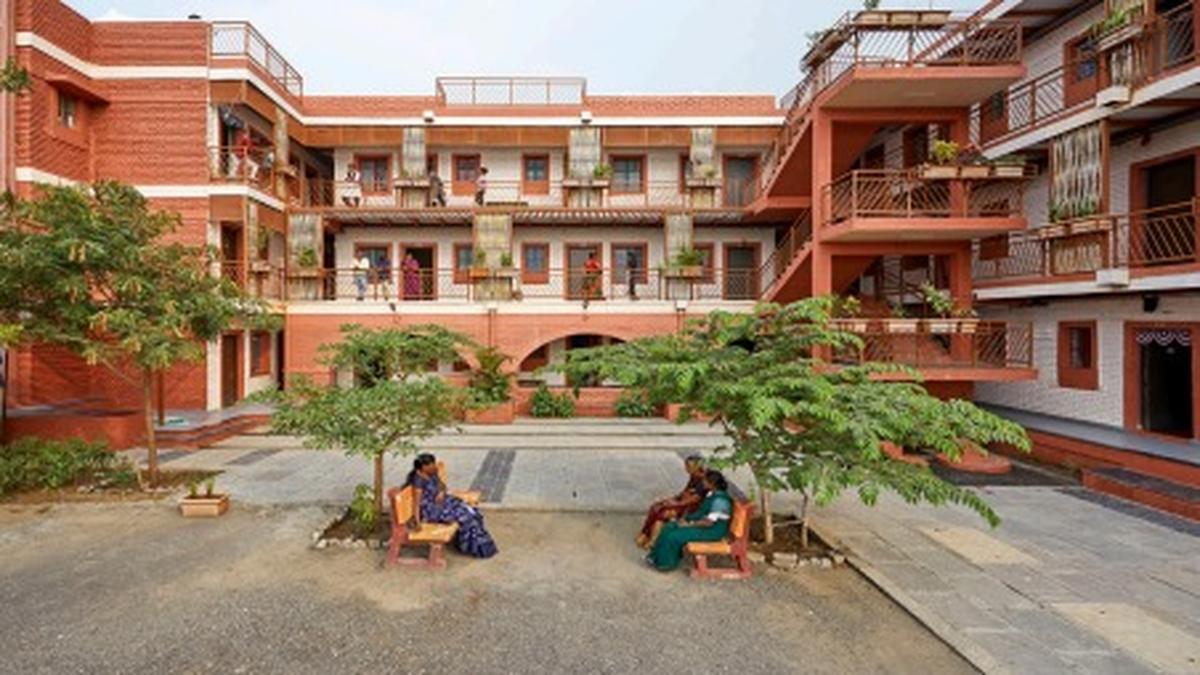
Scientists use simulation to determine most ‘comfortable’ wall materials
The Hindu
IIT Bombay researchers use CFD to optimize wall materials for thermal comfort in naturally ventilated homes.
Researchers from the Indian Institute of Technology Bombay (IIT Bombay) and Community Design Agency, Mumbai, have developed a new method that can help choose wall materials that maintain comfortable indoor temperatures in naturally ventilated homes.
A numerical and simulation-based technique called computational fluid dynamics (CFD) is used to explore the relationship between wall materials, variations in airflow, and thermal comfort. The researchers chose local and eco-efficient options such as burnt clay bricks and AAC [autoclaved aerated concrete] blocks that reduce environmental emissions and transportation costs. Their findings can improve living conditions and occupant well-being even for low-income housing in India, said Professor Albert Thomas of IIT Bombay, who led the study. The study was published in the journal Energy and Buildings.
Mr. Thomas said, “With rapid urbanisation and a growing population, India faces a pressing need for affordable and sustainable housing. The Pradhan Mantri Awas Yojana aims to address the country’s housing shortage by providing millions of low-income homes to urban migrants and the poor. The Government of India has also set up the Global Housing Technology Challenge to provide innovative solutions to large-scale housing issues. One of the key issues of mass-housing in a country like India would be maintaining comfortable temperatures or thermal comfort indoors.”
Thermal comfort directly impacts the health, well-being, and productivity of individuals. India’s tropical climate, with its extreme heat and humidity, makes living conditions tougher without proper airflow. The effects of global climate change, such as severe heat waves and urban heat island phenomena, further exacerbate these conditions.
Also read: Are buildings ready for climate change?
“Construction materials play a major role in defining the quality and livability of the building, and it is important to make sure that mass housing projects adopt the right materials that provide comfortable living at a reasonable cost,” Mr. Thomas said.
Building envelopes, which include roofs, walls, floors, windows, doors, and foundations, act as barriers between the indoors and outdoors and significantly affect heat transfer. Wall materials, which typically account for over 40% of building envelopes, are crucial in determining indoor temperatures by absorbing, storing, and emitting heat.

 Run 3 Space | Play Space Running Game
Run 3 Space | Play Space Running Game Traffic Jam 3D | Online Racing Game
Traffic Jam 3D | Online Racing Game Duck Hunt | Play Old Classic Game
Duck Hunt | Play Old Classic Game











